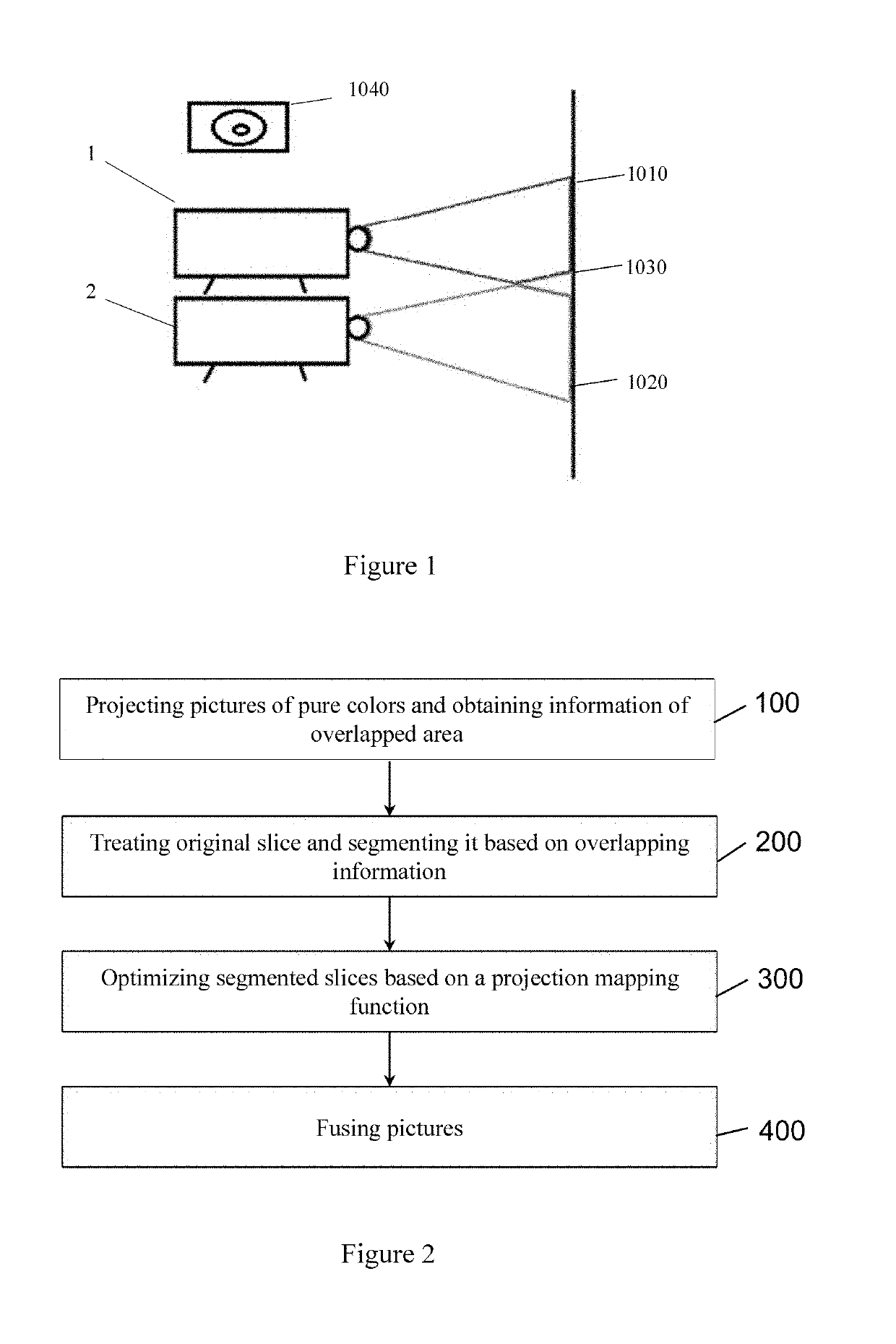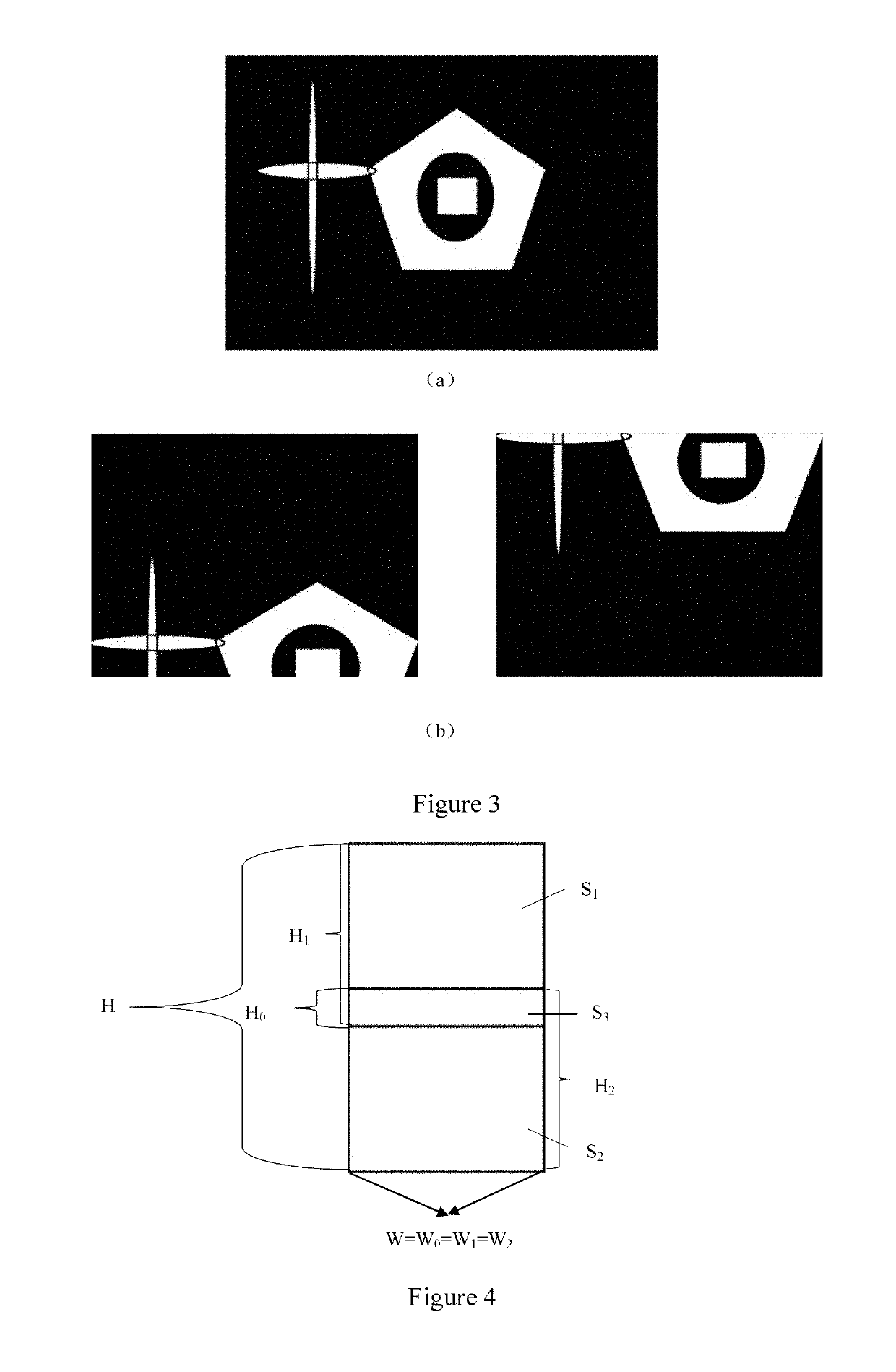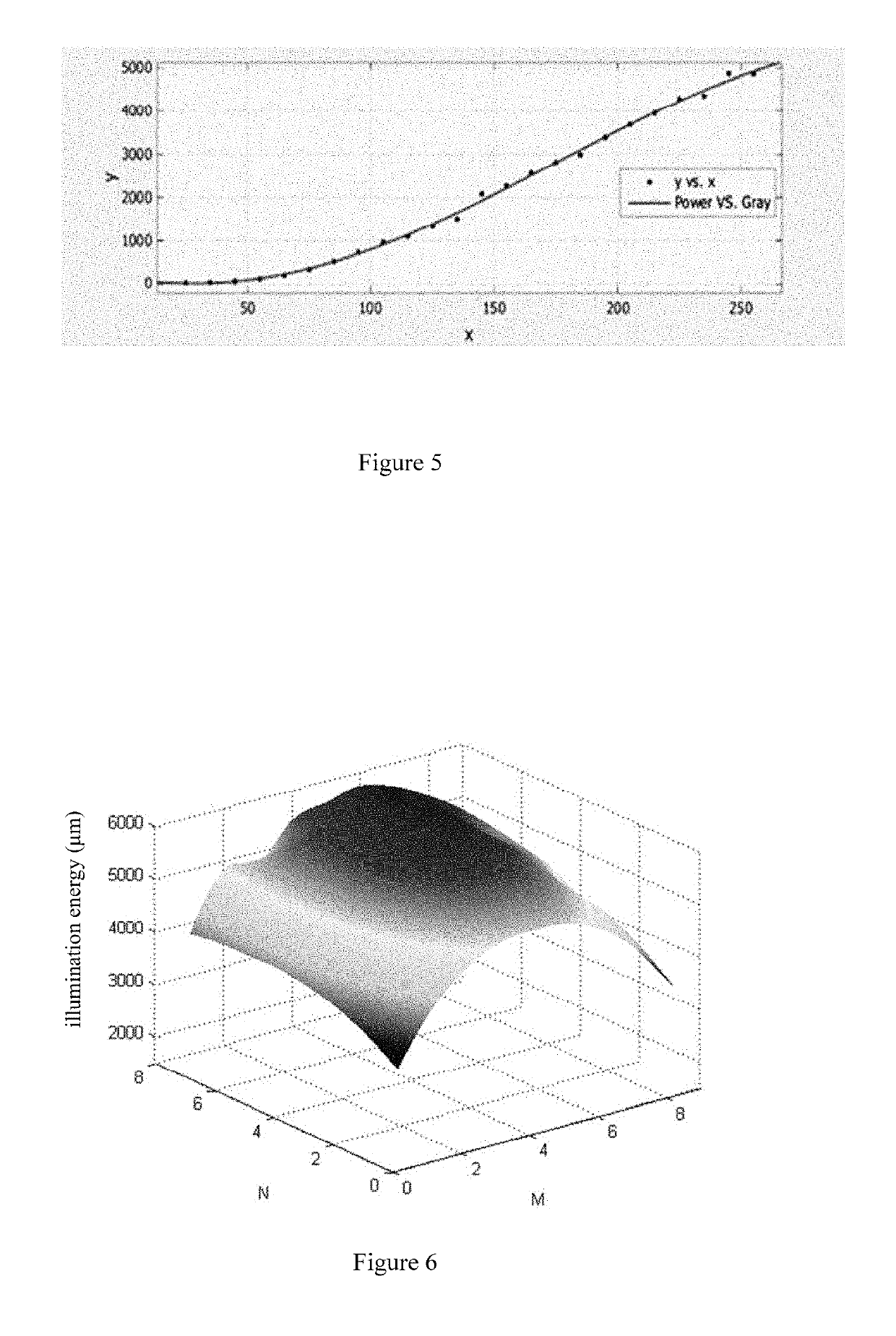Light Homogenization Method for Multi-Source Large-Scale Surface Exposure 3D Printing
a large-scale surface exposure and light homogenization technology, applied in the field of intelligent control and image processing, can solve the problems of poor accuracy of fdm, slow overall molding speed, and limited sla technology by the optical characteristics of galvanometers, and achieves high success rate of one-time printing, easy transplantation, and strong applicability
- Summary
- Abstract
- Description
- Claims
- Application Information
AI Technical Summary
Benefits of technology
Problems solved by technology
Method used
Image
Examples
Embodiment Construction
[0043]Some embodiments of the disclosure will be described with reference to the drawings. It should be noted that, various embodiments and various features of the embodiments of the disclosure can be implemented in combination in the condition that no confliction is caused.
[0044]The invention provides an energy homogenization method for large scale mask projection 3D printing using multiple projectors. By dealing with each slice, the interference is reduced and large-area exposure is achieved. The large area mentioned is determined by the number of specific projections, i.e., the width and height are considered to be at least 280 mm×280 mm.
[0045]The mask projection 3D printer mainly uses a digital light processing (DLP) projector as a light source, and the most important component in the projector is a digital micro-mirror device (DMD) to complete the visual digital information display technology. Specifically, DLP projection technology uses DMD chips as the primary key processing ...
PUM
| Property | Measurement | Unit |
|---|---|---|
| size | aaaaa | aaaaa |
| height | aaaaa | aaaaa |
| width | aaaaa | aaaaa |
Abstract
Description
Claims
Application Information
 Login to View More
Login to View More - R&D
- Intellectual Property
- Life Sciences
- Materials
- Tech Scout
- Unparalleled Data Quality
- Higher Quality Content
- 60% Fewer Hallucinations
Browse by: Latest US Patents, China's latest patents, Technical Efficacy Thesaurus, Application Domain, Technology Topic, Popular Technical Reports.
© 2025 PatSnap. All rights reserved.Legal|Privacy policy|Modern Slavery Act Transparency Statement|Sitemap|About US| Contact US: help@patsnap.com



